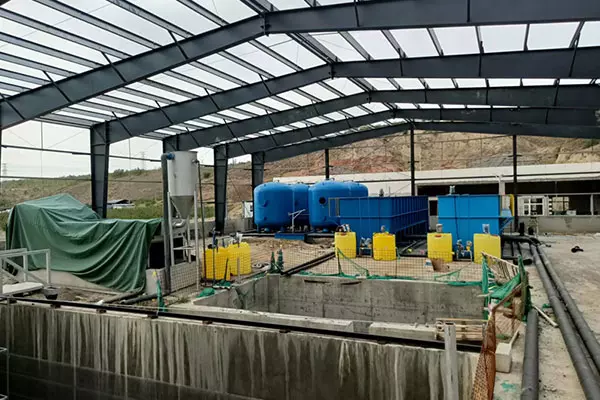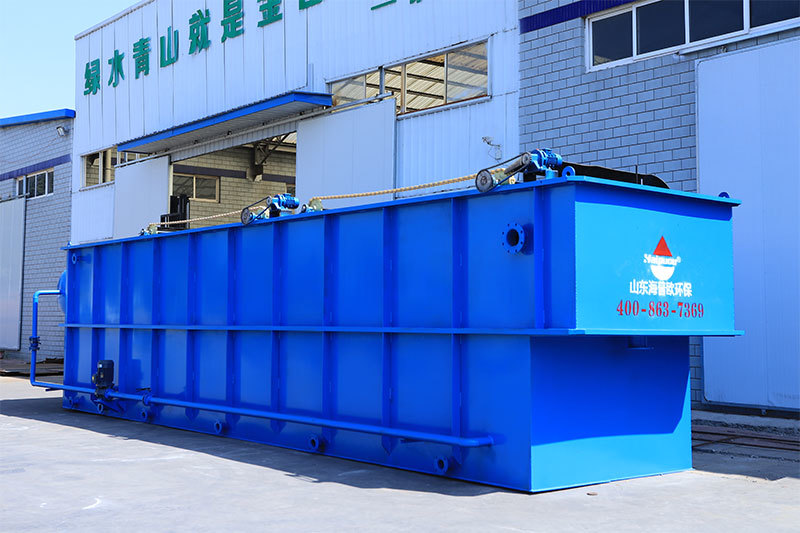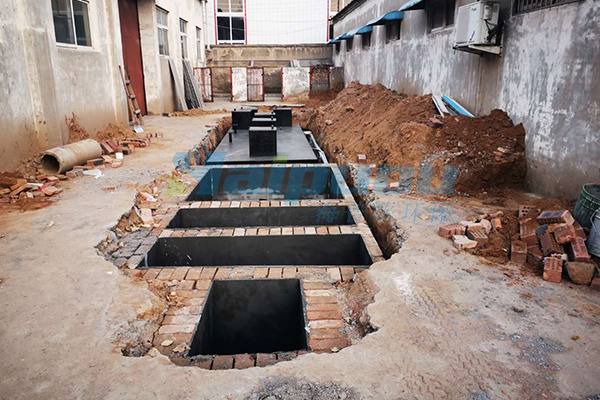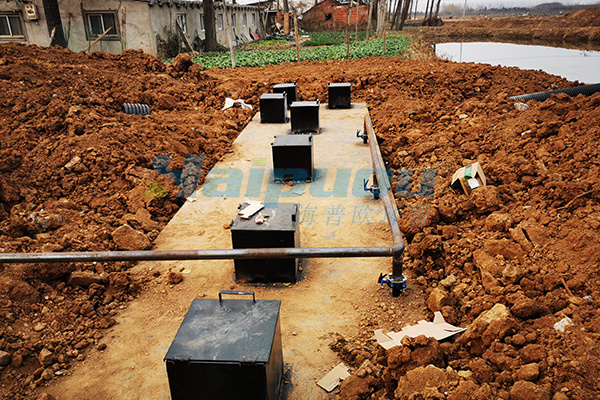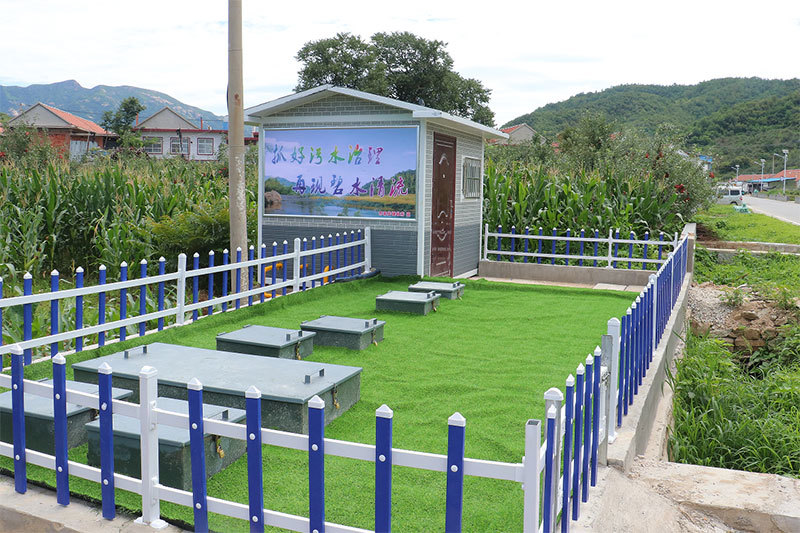News details
Introduction to Classification of Incinerators
Release time:
2023-04-25 15:23
Incinerator is an environmentally friendly device that incinerates waste gas, liquid waste, solid waste fuels, medical waste, household waste, animal carcasses, etc. at high temperatures, achieving quantitative reduction or reduction. At the same time, it is a product that utilizes the thermal energy of some incineration media. It is divided into fixed incinerators and movable incinerators.
There are many classification methods from different perspectives. According to the classification of incinerators, they can be divided into single chamber incinerators and multi chamber incinerators. According to the relationship between the combustion flue gas and the direction of garbage movement, the furnace body can be divided into forward flow, counter flow AC type and secondary flow type.
Incinerators are commonly used as harmless treatment equipment for medical and household waste, as well as animal waste. The principle is to use the combustion of coal, fuel oil, gas and other fuels to incinerate and carbonize the object to be treated at high temperature, in order to achieve the purpose of disinfection.
There are many classification methods from different perspectives. Classified by furnace type, it can be divided into fixed grate furnaces, mechanical grate furnaces, fluidized bed incinerators (mainly used to treat industrial waste), rotary kilns, etc. To enhance the effectiveness of household waste incineration, thermal decomposition and gasification (melting) technologies are often applied in incineration. The principle of a grate incinerator is to supply waste to a heat-resistant cast iron (steel) grate and ventilate it from the lower part of the grate to ignite the waste. The incineration principle of a fluidized bed incinerator is to ventilate in a porous tube at the bottom of the tower type furnace, allowing the sand layer on top to flow and form a flowing layer. After being crushed, the garbage is put into contact with the flowing sand (650-800 ℃) in the furnace, and then burns instantly. The ash after combustion is carried to the flue gas treatment system by the combustion gas. The incineration principle of a gasification melting furnace is: first, the garbage is thermally decomposed into combustible gases and solid residues mainly composed of carbon in a reducing gas at 450~600 ℃, and then burned and melted. When designing an incinerator, it is necessary to comprehensively consider the treatment scale of the factory, the nature of the waste to be treated, the mechanical and thermal loads of the grate, the thermal load of the combustion chamber, the outlet temperature and flue gas retention time of the combustion chamber, and the reduction rate of thermal ignition.
Related news
Contact: +86 18016210178 (Ms.Liu)
Add:No.56, Donghuan Road, Zhucheng City, Weifang City, Shandong Province




